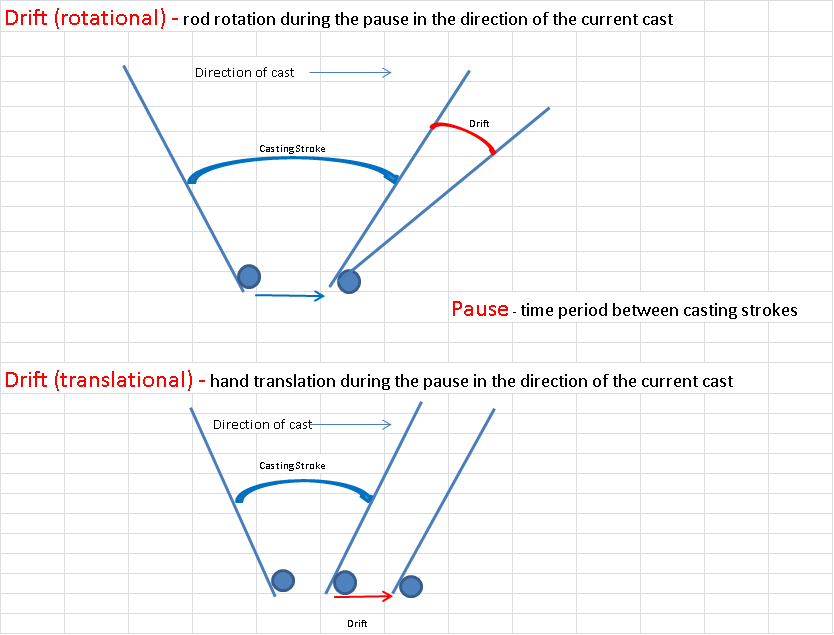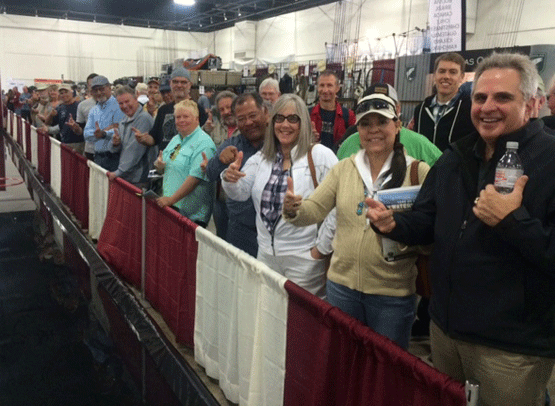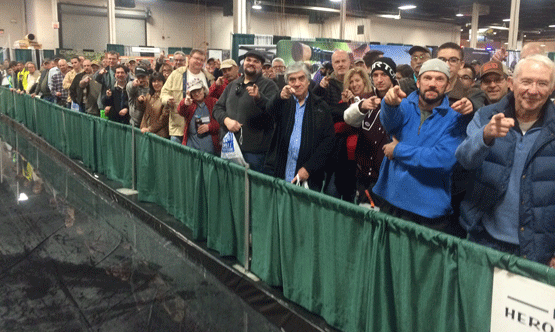flyfisher117
Well-known member
Finally made it out for the first time this year and this is really my first time fishing in a while, last summer I did some lake fishing but that wasnt the same. I took my girlfriend along to teach her but she also wanted to practice with her camera before an upcoming wedding photo shoot so I was able to get some pics of my cast.
I have always struggled with long casts. The line always gets messed up on my backcasts when throwing a lot of line. After looking through photos I noticed that my grip is odd but I also look like I break my wrist and move my arm at an odd angle. What does it look like to the more experienced? I know its partly because I am out of practice but could this be what is holding me back?




I was noticing here that my reel rolls 90 degrees I dont know why I do this but I noticed it.


I have always struggled with long casts. The line always gets messed up on my backcasts when throwing a lot of line. After looking through photos I noticed that my grip is odd but I also look like I break my wrist and move my arm at an odd angle. What does it look like to the more experienced? I know its partly because I am out of practice but could this be what is holding me back?




I was noticing here that my reel rolls 90 degrees I dont know why I do this but I noticed it.





